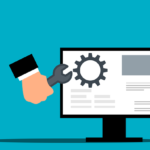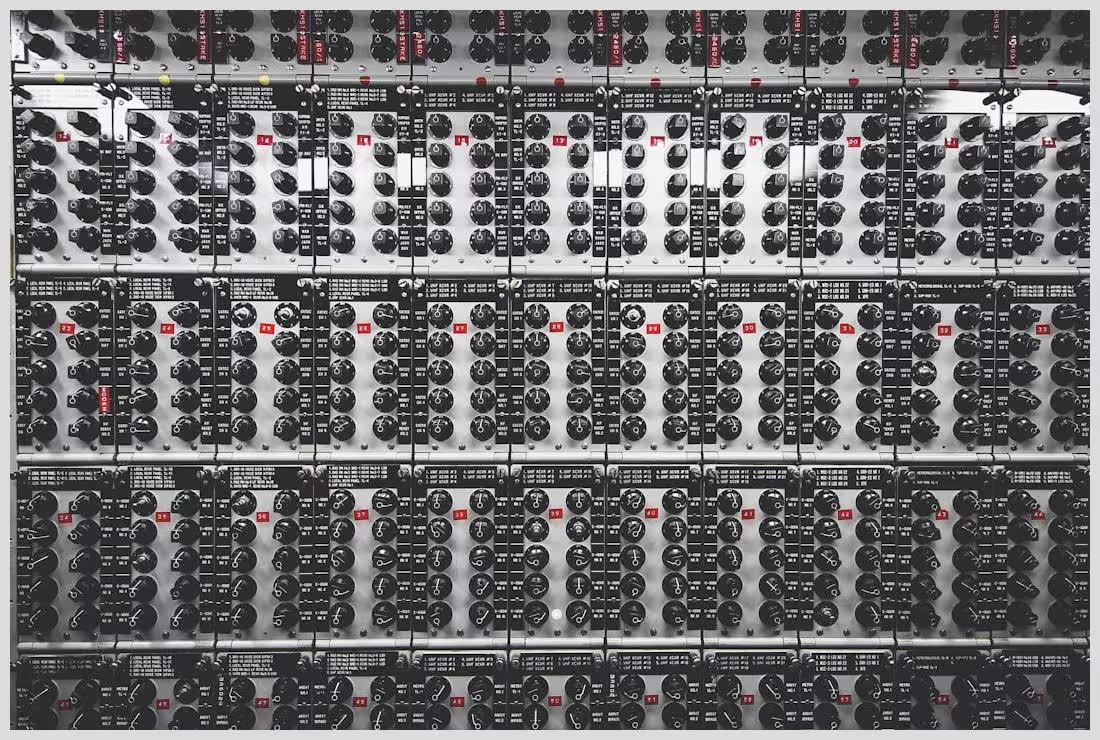In this article:
Website Performance Issues
Website performance issues can arise from various factors, including unoptimized images, excessive HTTP requests, and slow server response times. These issues often lead to slow-loading websites, which can frustrate users and increase bounce rates. Additionally, heavy HTML and inefficient code can further exacerbate these problems, making it essential to identify and address them promptly.
Why Website Performance Matters
The importance of website performance cannot be overstated. A fast and responsive site enhances the user experience, leading to higher conversion rates and improved search engine rankings. Slow websites can deter potential customers, affecting your brand perception and ultimately impacting your bottom line. Ensuring optimal performance is crucial for retaining visitors and achieving business success.
The Impact of Performance on User Experience
User experience is directly tied to website performance. Slow page load times can frustrate users, leading to increased bounce rates and decreased engagement. By optimizing your website’s performance, you can enhance user satisfaction, encourage longer visits, and foster a positive perception of your brand. This, in turn, can lead to higher conversion rates and customer loyalty.
Identifying the Root Causes of Performance Issues
Analyzing Server Response Times
Server response times play a critical role in website performance. Slow servers can lead to delayed page loads and a poor user experience. To address this, it’s essential to analyze server performance and consider upgrading to a more robust hosting plan if necessary. Regular monitoring can help identify potential bottlenecks and ensure optimal server performance.
Evaluating Code Efficiency and Structure
Inefficient code can significantly impact website performance. By evaluating the efficiency and structure of your code, you can identify areas for improvement. Minifying CSS, JavaScript, and HTML can reduce file sizes and improve load times. Additionally, adopting modern web design principles can enhance your site’s overall performance and responsiveness.
Assessing Media File Optimization
Media files, particularly images, can be a major contributor to slow website performance. Optimizing images by reducing file sizes and implementing lazy loading techniques can significantly improve load times. Additionally, using media files compression tools can further enhance performance, ensuring a smooth and efficient user experience.
Effective Troubleshooting Techniques for Website Performance
Utilizing Performance Testing Tools
Performance testing tools are invaluable for identifying and resolving website performance issues. Tools like Google PageSpeed Insights and GTmetrix provide detailed insights into your site’s performance, highlighting areas for improvement. By regularly using these tools, you can ensure your website remains fast and efficient, providing an optimal user experience.
Conducting a Comprehensive Performance Audit
A comprehensive performance audit is essential for identifying and addressing performance issues. This involves analyzing various aspects of your website, including server response times, code efficiency, and media file optimization. By conducting regular audits, you can proactively address potential issues and ensure your site remains fast and responsive.
Monitoring for Errors and Latency
Regular monitoring for errors and latency is crucial for maintaining optimal website performance. By identifying and addressing issues promptly, you can prevent them from impacting the user experience. Implementing website performance monitoring tools can help you stay on top of potential problems and ensure your site remains efficient and reliable.
Website Performance Optimization Strategies
Minifying CSS, JavaScript, and HTML
Minifying your website’s CSS, JavaScript, and HTML can significantly improve load times by reducing file sizes. This process involves removing unnecessary characters and spaces from your code, making it more efficient and easier for browsers to process. By implementing this strategy, you can enhance your site’s performance and provide a better user experience.
Implementing Lazy Loading for Images
Lazy loading is an effective technique for improving website performance by deferring the loading of images until they are needed. This reduces the initial load time, allowing users to access content more quickly. By implementing lazy loading, you can enhance your site’s responsiveness and provide a smoother user experience.
Leveraging Content Delivery Networks (CDNs)
Content Delivery Networks (CDNs) can significantly enhance website performance by distributing content across multiple servers worldwide. This reduces the distance between users and your website’s resources, resulting in faster load times and improved reliability. By leveraging CDNs, you can ensure your site remains fast and responsive, even during high traffic periods.

Website performance issue resolution
Enhancing Website Speed and Responsiveness
Optimizing Server Resources and Hosting Plans
Optimizing server resources and choosing the right hosting plan are crucial for maintaining website speed and responsiveness. Upgrading to a more robust hosting plan can improve server performance and reduce load times. Additionally, optimizing server settings and configurations can further enhance your site’s speed and reliability.
Utilizing Caching Techniques Effectively
Caching is a powerful technique for improving website performance by storing frequently accessed data for quick retrieval. By implementing server-side caching and browser caching, you can reduce load times and enhance the user experience. Regularly reviewing and optimizing your caching strategies can ensure your site remains fast and efficient.
Reducing HTTP Requests and Redirects
Reducing the number of HTTP requests and redirects can significantly improve website performance. Each request adds to the load time, so minimizing them can enhance speed and responsiveness. By optimizing your site’s structure and eliminating unnecessary redirects, you can provide a faster and more efficient user experience.
Maintaining Long-Term Website Performance
Regular Performance Monitoring Practices
Regular performance monitoring is essential for maintaining optimal website performance. By consistently tracking your site’s performance metrics, you can identify potential issues and address them promptly. Implementing automated monitoring tools can help you stay on top of your site’s performance and ensure it remains fast and efficient.
Scheduled Maintenance and Updates
Scheduled maintenance and updates are crucial for keeping your website running smoothly. Regularly updating your site’s software, plugins, and themes can prevent performance issues and enhance security. By scheduling routine maintenance, you can ensure your site remains fast, secure, and reliable.
Feedback Mechanisms for Continuous Improvement
Implementing feedback mechanisms can provide valuable insights into your website’s performance. By gathering user feedback and analyzing performance data, you can identify areas for improvement and make necessary adjustments. This continuous improvement process can help you maintain a high-performing website that meets user expectations.
 Unlock the Secrets: Importance of Website Maintenance Reports
Unlock the Secrets: Importance of Website Maintenance ReportsCase Studies: Successful Website Performance Resolutions
Real-World Examples of Performance Fixes
Examining real-world examples of successful website performance resolutions can provide valuable insights into effective strategies. These case studies highlight common performance issues and the solutions implemented to address them, offering practical guidance for improving your site’s performance.
Lessons Learned from Performance Challenges
Learning from past performance challenges can help you avoid similar issues in the future. By analyzing the root causes of performance problems and the strategies used to resolve them, you can gain valuable insights into effective website performance problem solving and ensure your site remains fast and efficient.
How Modular DS Can Help
Modular DS offers a comprehensive solution for managing and optimizing WordPress websites. With features like automated updates, performance monitoring, and centralized management, Modular DS can help you streamline your website maintenance and enhance performance. By leveraging this powerful tool, you can ensure your site remains fast, secure, and reliable. Learn more about how Modular DS can benefit your website by visiting their website .
Resolve Your Website Performance Issues
Encouragement to Implement Solutions
Resolving website performance issues is crucial for ensuring a smooth user experience and achieving business success. By implementing the strategies outlined in this article, you can enhance your site’s performance and provide a better experience for your users. Don’t wait—take action today to improve your website’s speed and responsiveness.
Contact for Professional Assistance
If you’re struggling to resolve performance issues on your own, consider reaching out to a professional team for assistance. With their expertise, you can address complex performance challenges and ensure your site remains fast and efficient. Contact us today to learn more about how we can help you achieve your website performance goals.
We’d love to hear your thoughts on website performance issue resolution. What challenges have you faced, and how did you overcome them? Share your experiences and tips in the comments below! What do you think about the strategies mentioned here? How would you like to see your website’s performance improve? Let us know!


















